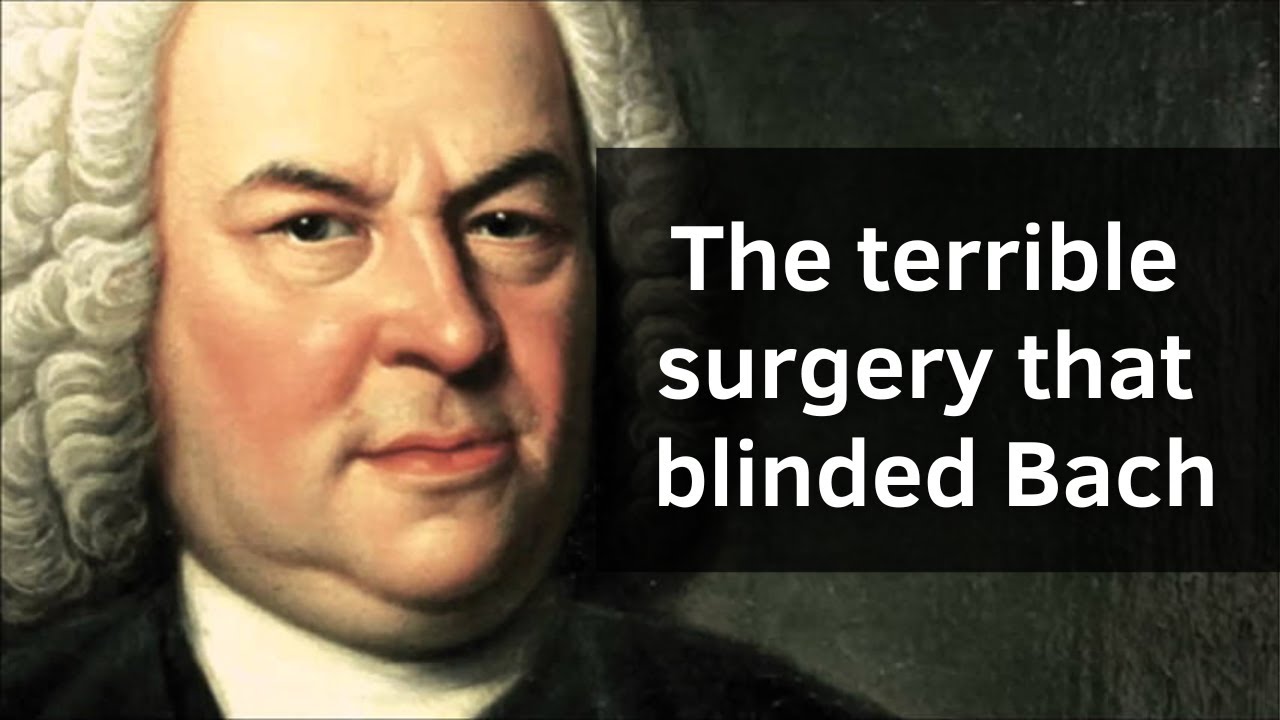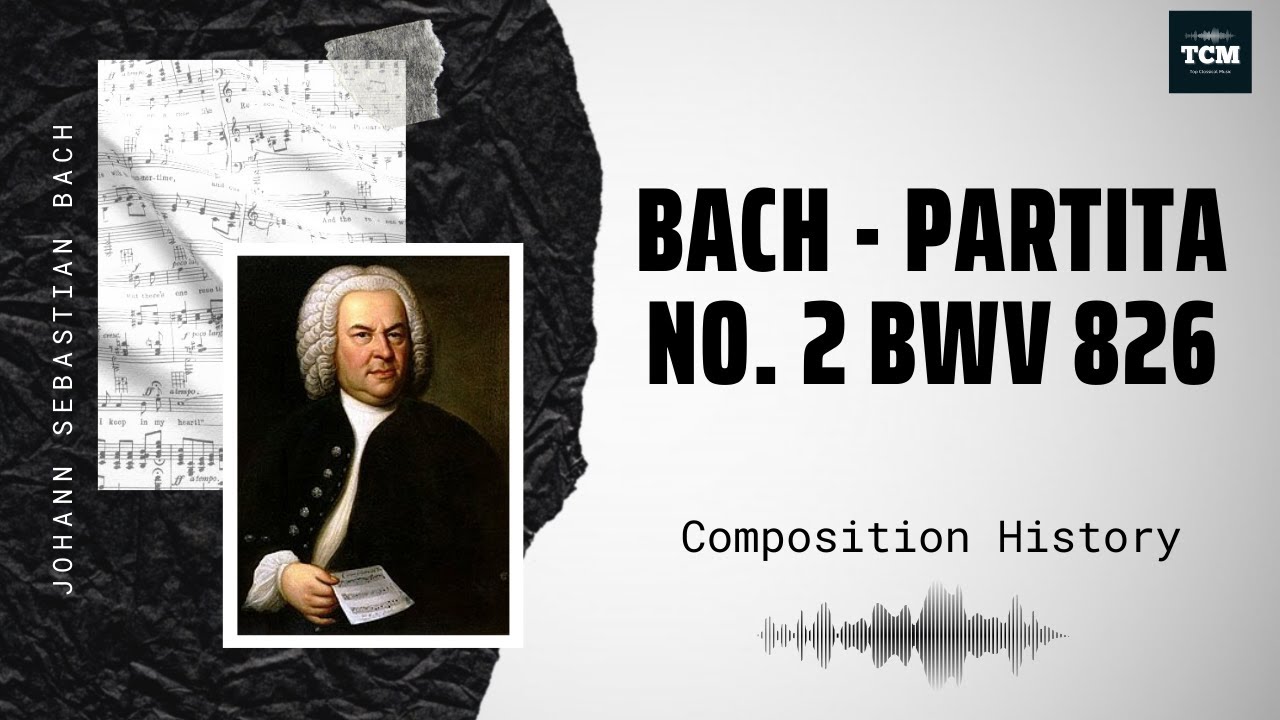
How Johann Sebastian Bach Became Blind
However, at the age of 64, his vision started to deteriorate. He could no longer play the organ, compose music or direct choirs and orchestras.[…]

Bach – Short Biography
Bach – Short Biography The Bach family already counted several composers when Johann Sebastian was born as the last child of a city musician in Eisenach.[…]

The terrible surgery that blinded Bach
The terrible surgery that blinded Bach At the age of 57, Johann Sebastian Bach started to experience a number of health problems. Most serious was an[…]

Bach Biography – Music | History
Johann Sebastian Bach (31 March 1685 – 28 July 1750) was a German composer and musician of the late Baroque period. He is known for[…]

Bach – Prelude in B minor, based in BWV 855a – Music | History
Prelude and Fugue in E minor, BWV 855, is the 10th prelude and fugue for keyboard (harpsichord) in the first book of The Well Tempered[…]

Bach – Toccata and Fugue BWV 565 – Music | History
The Toccata and Fugue in D minor, BWV 565, is a piece of organ music written, according to its oldest extant sources, by Johann Sebastian[…]

Bach – Partita No. 2 BWV 826 – Music | History
The Partitas, BWV 825–830, are a set of six harpsichord suites written by Johann Sebastian Bach, published individually beginning in 1726, then together as Clavier-Übung[…]
Bach – Aria Variata in A minor BWV 989 Variation No. 1 – Music | History
Bach – Aria Variata in A minor BWV 989 Variation No. 1 – Music | History Aria variata alla maniera italiana in A minor, BWV 989[…]

Bach – Air on the G String – Music | History
Bach – Air on the G String – Music | History “Air on the G String” is August Wilhelmj’s arrangement of the second movement in Johann[…]

Bach – Chorale Preludes BWV 662. Allein Gott in der Hoh’ Sei Ehr – Music | History
Bach – Chorale Preludes BWV 662. Allein Gott in der Hoh’ Sei Ehr – Music | History The Great Eighteen Chorale Preludes, BWV 651–668, are a[…]
 using WordPress and
using WordPress and